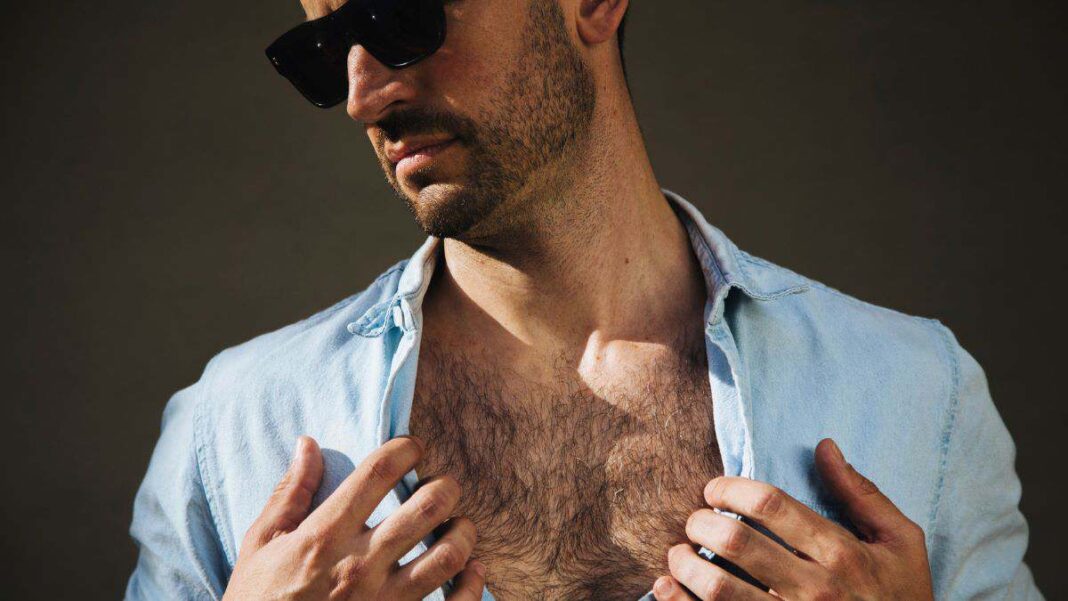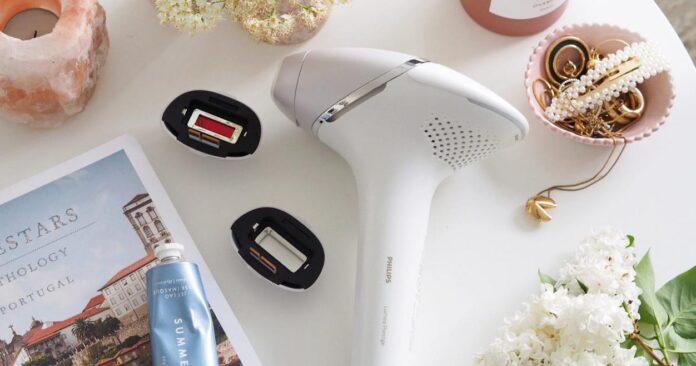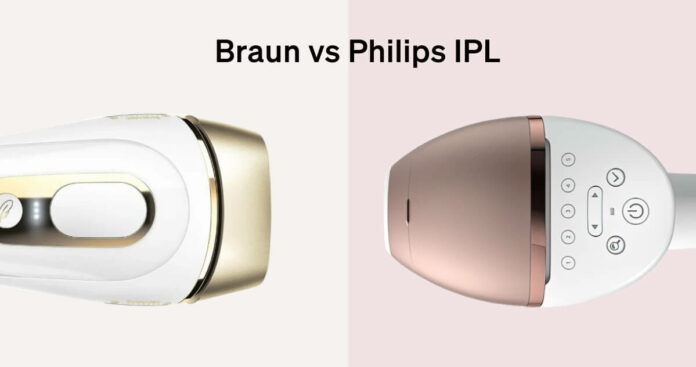Should I shave my chest hair or should I not? Keeping those coarse hair makes you feel shaggy and unkempt but isn’t it a girly thing to shave body hair? Well, are you also stuck between these thoughts?
Chest hair growth is a natural part of your body’s growth cycle however keeping them can be a problem. They can entrap dirt easily, prevent sweat from evaporation, and make you feel itchy, and a bit unsophisticated. Therefore, men are considering shaving chest hair. But, is it ok?
We will discuss the downsides and benefits of shaving chest hair in this article. So, stay with us to get your answer.
Table of Contents:
- Part 1: Should I Shave My Chest?
- Part 2: Shaving Chest Hair Side Effects
- Part 3: Chest Hair Before and After Shaving
- Part 4: How to Shave Chest Hair?
-
Part 5: FAQs
Part 1: Should I Shave My Chest?
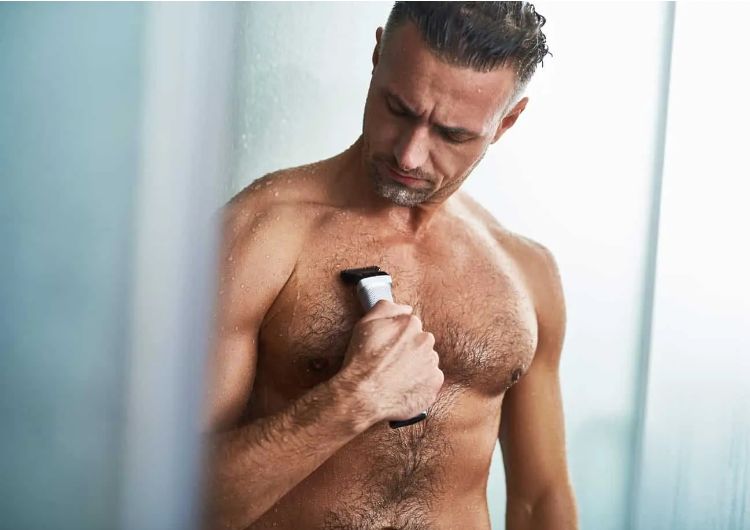 There can never be a certain answer to this. Some individuals prefer having chest hair while others like to have a fuzz-free and clean body. These preferences vary from individual to individual based on their needs, and cultural, social, and professional practices.
There can never be a certain answer to this. Some individuals prefer having chest hair while others like to have a fuzz-free and clean body. These preferences vary from individual to individual based on their needs, and cultural, social, and professional practices.For instance, most athletes and bodybuilders prefer to shave their chest hair to flaunt their abs and strong muscles. Swimmers are also required to shave to minimize resistance between water and their body.
Moreover, some cultures and societies particularly in the Middle Eastern, Mediterranean, and Armenian region sees chest hair as a sign of musculanitiy. So, they like to keep their chest hairy. Therefore, you can choose for yourself depending on what you want.
Part 2: Shaving Chest Hair Side Effects
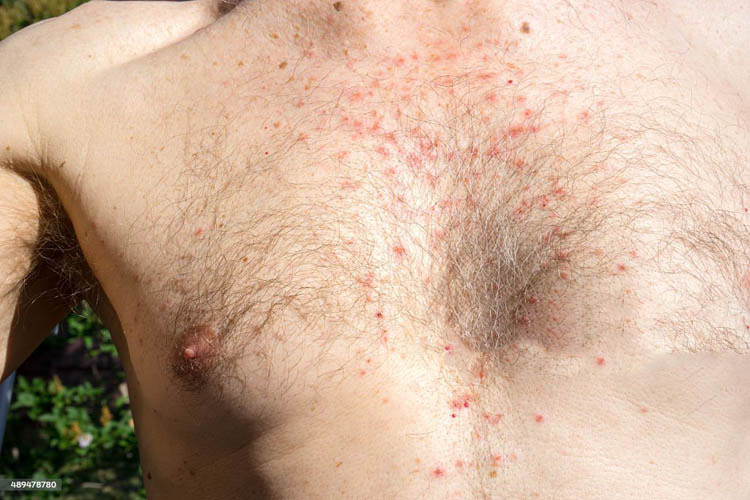 Shaving gives you hair-free, smooth, and soft skin but some of its side effects are inevitable, particularly for beginners and those who do not shave correctly.
Shaving gives you hair-free, smooth, and soft skin but some of its side effects are inevitable, particularly for beginners and those who do not shave correctly. Irritation and Razor Burns
When the metallic shaving blades rub against your skin, they cause tiny cracks in your epidermis. The continuous resistance between blades and the skin leads to skin irritation. This skin irritation worsens and turns into razor burns. They are small red inflamed rashes on your skin due to dry shaving, wearing a worn-out razor, or shaving faster than the required speed.
Ingrown Hair
Ingrown hair refers to the curling back of the cut hair into your skin leading to the formation of a painful, red bump on your skin’s surface. A dull razor cannot cut the body hair neatly and the increased resistance causes your hair to break. The damaged broken hair curls back into the skin.
Additionally, improper cleansing and exfoliation after hair removal clogs your pores with dead cells hindering your hair from coming out of the skin. This also leads to ingrown hair.
Also read: How to Prevent Ingrown Hair After Shaving?
Itchiness
Lastly, another common complaint of people after shaving is itchiness on the shaved area. The pull of hair by a razor blade redirects your hair follicles. They become irritated. As a result, you might feel irritation on the skin for some time.
Moreover, as the new hair grows out of your skin its blunt edges might make your skin itchy throughout the regrowth time.
Part 3: Chest Hair Before and After Shaving
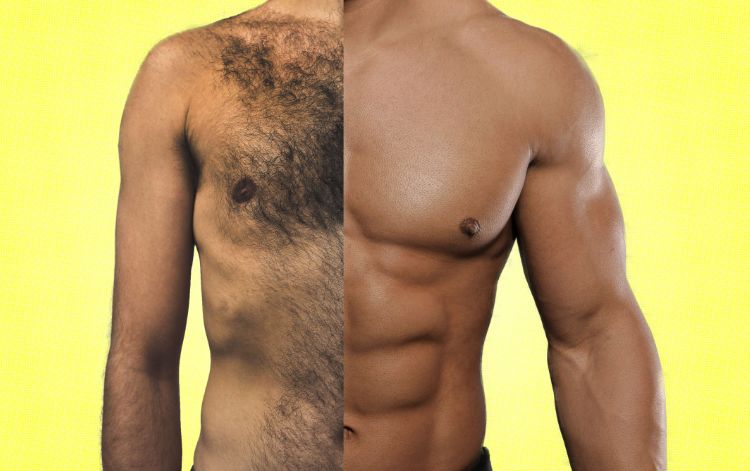 What difference does it make to shave your chest hair? Let’s see.
What difference does it make to shave your chest hair? Let’s see. Visual Changes
The most noticeable difference before and after shaving chest hair is the appearance of your chest area. The area is usually covered by hundreds and thousands of hair so you cannot see the underneath skin. However, shaving a hairy chest can give your body a cleaner, smoother, and more streamlined look.
Sensory Changes
The second change that is quite obvious is how smooth your body feels after shaving the coarse and thick hair from the chest. The absence of coarse hair will also reduce the build-up of sweat thus reducing the continuous itchy sensation you get after your workout.
Part 4: How to Shave Chest Hair?
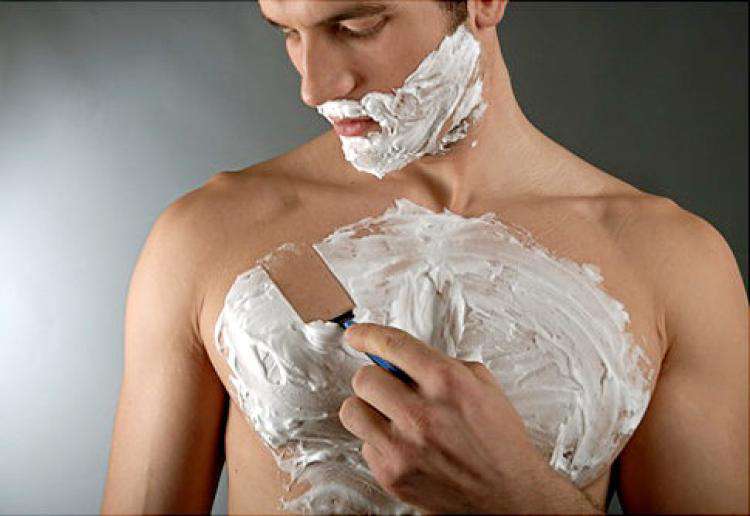 Preparation
PreparationBefore shaving the chest hair, you need to prepare your skin to prevent any factor from increasing the friction between your skin and the shaving razor.
- If your hair is long and dense, then trim it using scissors or an electric trimmer. Trimming can make your shave easy
- After this, get rid of all the impurities and sweat from your chest by using a soap or a cleanser
- Now, exfoliate the area to unclog pores and remove the heap of dead cells from your skin
Shaving chest hair is mostly preferred after a hot shower as it softens your hair and helps your blade cut it effortlessly.
Procedure
- After exfoliation, rinse your skin and pat dry it
- Lather up some shaving cream on the chest and get ready for hair removal
- Using your sharp razor, start shaving your hair from outside towards the middle of your chest
- Ensure that you are moving the razor against the direction of your hair growth while shaving
- Keep going with small gentle strokes and do not forget to rinse your blade in between
While shaving those prickly chest hair, make sure you do not move the blade on your nipples.
Aftercare
We are done with hair removal. Now is the time for some skincare to let the shaved area hydrate, nourish, and look fresh and smoother than ever!
- Rinse The chest area with cool water to remove shaving cream and hair thoroughly from your skin
- Pat it dry with a clean soft cloth or a towel and apply a generous amount of non-comedogenic moisturizer on the area
- Avoid wearing tight clothes for a while and do not let your torso be exposed directly to the sun
Part 5: FAQs
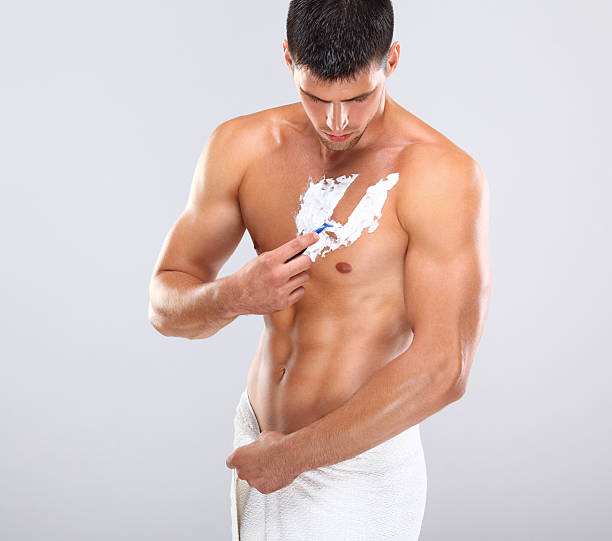 How Often Should I Shave My Chest?
How Often Should I Shave My Chest?Usually, it is preferable to shave the chest area after every 3-5 days. However, you can shave before or after this limit depending on your hair growth rate, and pattern. If you don’t like shaving frequently, you can just trim your hair every week and shave only when required.
Does Chest Hair Grow Back After Shaving?
Yes, they do. Shaving works by removing the hair just above the surface of your skin. It does not have any effect on your roots or hair follicles. Hence, the half-cut hair will grow out of the skin sooner or later.
Will Shaving Chest Hair Make It Grow Back Thicker?
Shaving does not have any impact on your hair thickness. A cut from a razor blade makes your hair edges blunt. So, when hair grows out from the skin, it looks thicker and darker. But, in actuality, the thickness and color of hair are not affected by shaving.
Does Shaving Chest Hair Make It Grow Faster?
No, your chest hair growth rate is independent of your shaving routine. So, don’t worry about your hair growing faster if you start shaving your chest. To know more, read Does Shaving Makes Hair Growth Thicker and Faster?
Does Shaving Chest Hair Reduce Sweating?
Shaving chest hair does not reduce sweating but it can surely prevent the collection of sweat on your body. After shaving, sweat will not stay on the body for long thus reducing your body odor and the uneasy feeling caused by excessive sweating.
Conclusion
Shaving chest hair can prove beneficial for athletes and those who want a smooth body. Some people prefer keeping them as they consider their chest hair as a sign of masculinity. None of these decisions is wrong as everyone has their individual preferences and has the right to choose according to their comfort.
Hair growth is natural so not shaving them is fine too. In contrast, if you choose to shave your chest hair, don’t be lazy and use the right blades and method for shaving. Also, take care of your skin after shaving otherwise ingrown hair, razor burns, and skin irritation will haunt you forever.

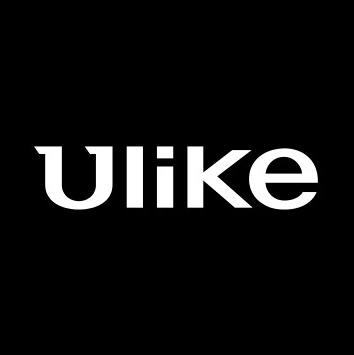 By ULIKEBEAUTY
By ULIKEBEAUTY
